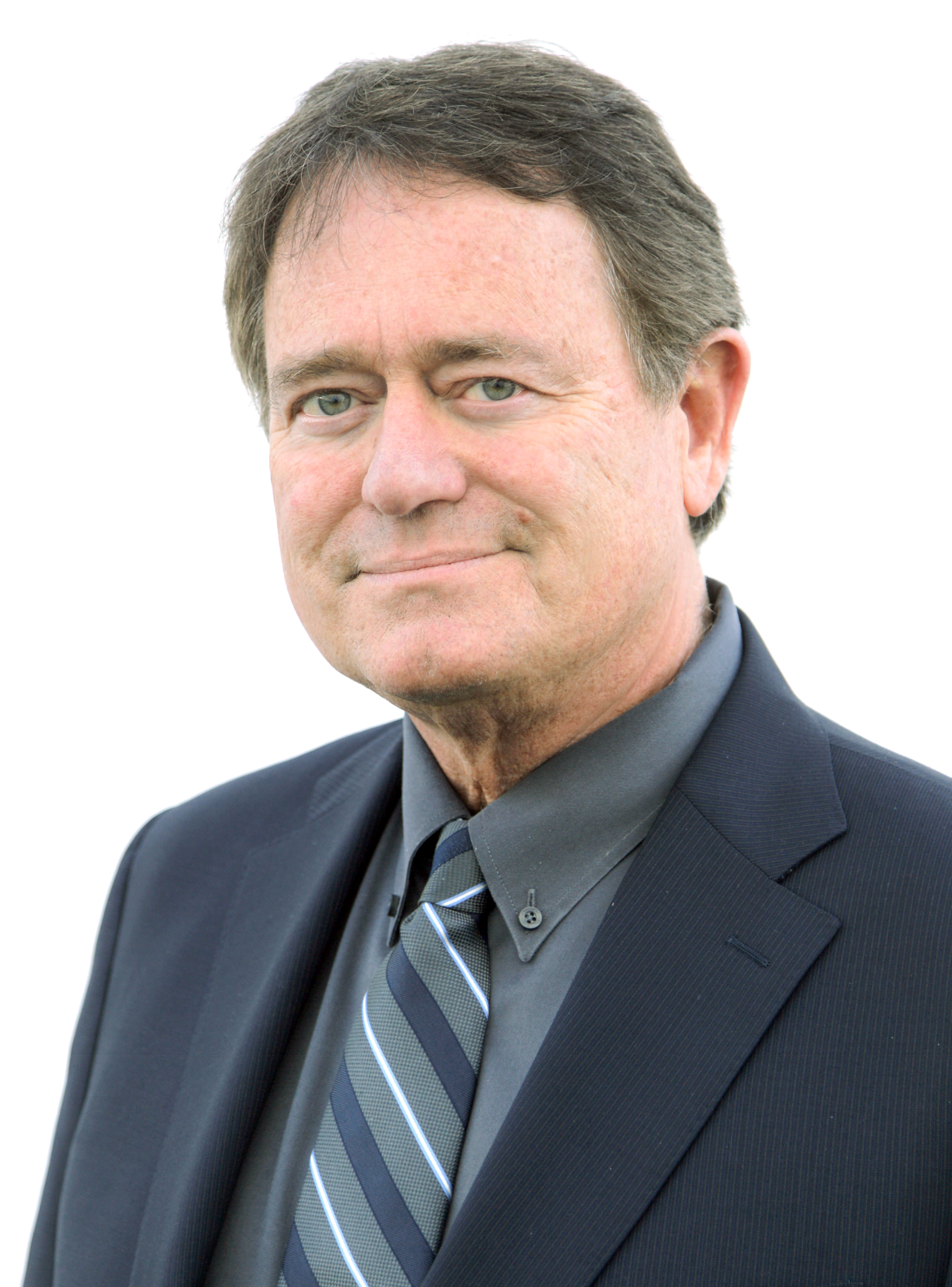ATSC Updates DTV Standards
The ATSC has published revisions of several key standards--including A/52, the Digital Audio Compression Standard (AC-3); A/53, the Digital Television Standard; and A/110, the Synchronization Standard for Distributed Transmission. New versions of all three documents were approved by the ATSC membership this summer and are now available on the ATSC Web site.
AC-3
Widely used in various television systems around the world, the AC-3 Standard--ATSC document A/52, now in Revision B--is an essential element of the ATSC digital television system. The newly published standard, A/52B, includes enhancements to AC-3 designed to provide improved performance and increased flexibility.
Enhanced AC-3 (E-AC-3), added in the new revision of A/52, provides the industry with expanded audio capabilities that can be used for broadcast, cable, satellite and DVD applications. Furthermore, E-AC-3 can be converted into AC-3 for playback compatibility on consumers' existing A/V decoders, making it possible for products to build upon technology enhancements while ensuring compatibility with existing devices and systems.
ATSC first standardized AC-3 in November, 1994. Various updates have been published over the years; A/52B is the most extensive change, as it documents the new E-AC-3 coding system.
Enhanced AC-3 was submitted to the ATSC for consideration by Dolby Laboratories in response to a Request for Information on advanced audio and video coding systems published in December 2002. For the past three years, dedicated individuals in the ATSC Technology and Standards Group and the Specialist Group on Video/Audio coding have carefully developed E-AC-3 to ensure the new coding tools fundamentally improve performance and provide new features that allow operation over a wide range of bit-rates and channel configurations.
All E-AC-3 decoders will also decode AC-3 bitstreams. In addition, although the new enhanced audio format is not directly compatible with current AC-3 decoders, it is feasible to perform a modest-complexity conversion into a compliant AC-3 bitstream syntax, thus enabling backwards compatibility to legacy decoders that have S/PDIF bit stream inputs.
DIGITAL TELEVISIONSTANDARD
The Digital Television Standard--ATSC document A/53, now in Revision D--has been updated to include a method to signal the presence of one or more enhancements to the DTV signal. In the process of developing the optional Enhanced-8-VSB (E-VSB) transmission mode currently in progress within the ATSC, it was recognized that other enhancements and extensions of 8-VSB may be desirable in the future. Since receivers may not be able to determine which enhancements or extensions are in use at a particular time just through interpretation of the received stream, it is important to provide a mechanism for directly signaling their inclusion in the stream.
It also is important that such a mechanism be in place before any receivers are manufactured using enhancements or extensions, so that the earliest of those receivers can appropriately recognize and perhaps ignore later extensions and enhancements for which they are not equipped. The latest revision of A/53 provides the mechanism to accomplish this task.
A "VSB extension," as the term implies, is a method of enhancing the functionalities of the ATSC 8-VSB modulation system. The E-VSB mode (approved last year as a change to A/53C Annex D) is an example of such an extension. The VSB extension signaling mechanism facilitates E-VSB and other future 8-VSB enhancements without creating backward compatibility issues.
An additional item changed in the newest version of A/53 is an amendment that adds a new annex (Annex G) relating to carriage of E-AC-3 in the E-VSB (robust) stream. E-AC-3 is specified in Annex E of A/52B, as described above.
The new Annex G does not specify or enable the use of E-AC-3 in the main 8-VSB transmission. Annex G is similar to A/53 Annex B, which specifies use of AC-3, along with constraints on that use, in the ATSC DTV system.
DISTRIBUTEDTRANSMISSION
The latest version of ATSC document A/110--the Synchronization Standard for Distributed Transmission, now in Revision A--makes small but significant changes to the "RF watermark" signal to facilitate more efficient delivery of auxiliary data. The original RF watermark was specified for transmitter identification and channel-impulse response measurements in a single-frequency network environment. A/110 also provided for the modulation of the RF watermark, enabling its use for slow-speed data transmission, radio location finding and a variety of other applications.
For a watermark injection level 36 dB below the DTV signal, which has no impact on DTV reception, the bit-error rate is 1E-15. This means 769,000 years per transmission error! A/110A relaxes the watermark data robustness by a small amount in exchange for a higher data rate. This modification has the following advantages:
- The RF watermark data rate is two or four times that of the previous standard, while retaining tremendous robustness.
- There is no impact on the RF watermark functionality.
- The data transmission is sufficiently robust that it could be received by a mobile terminal.
Although the RF watermark in A/110 originally was developed for distributed transmission applications, the system was designed so that it also could be applied to conventional, single-transmitter systems.
FURTHER INFORMATION
The standards discussed in this article, as with all other ATSC standards, recommended practices, and informational documents, are available for download at no charge from the ATSC Web site http://www.atsc.org
Jerry Whitaker can be reached via TV Technology.
Get the TV Tech Newsletter
The professional video industry's #1 source for news, trends and product and tech information. Sign up below.

